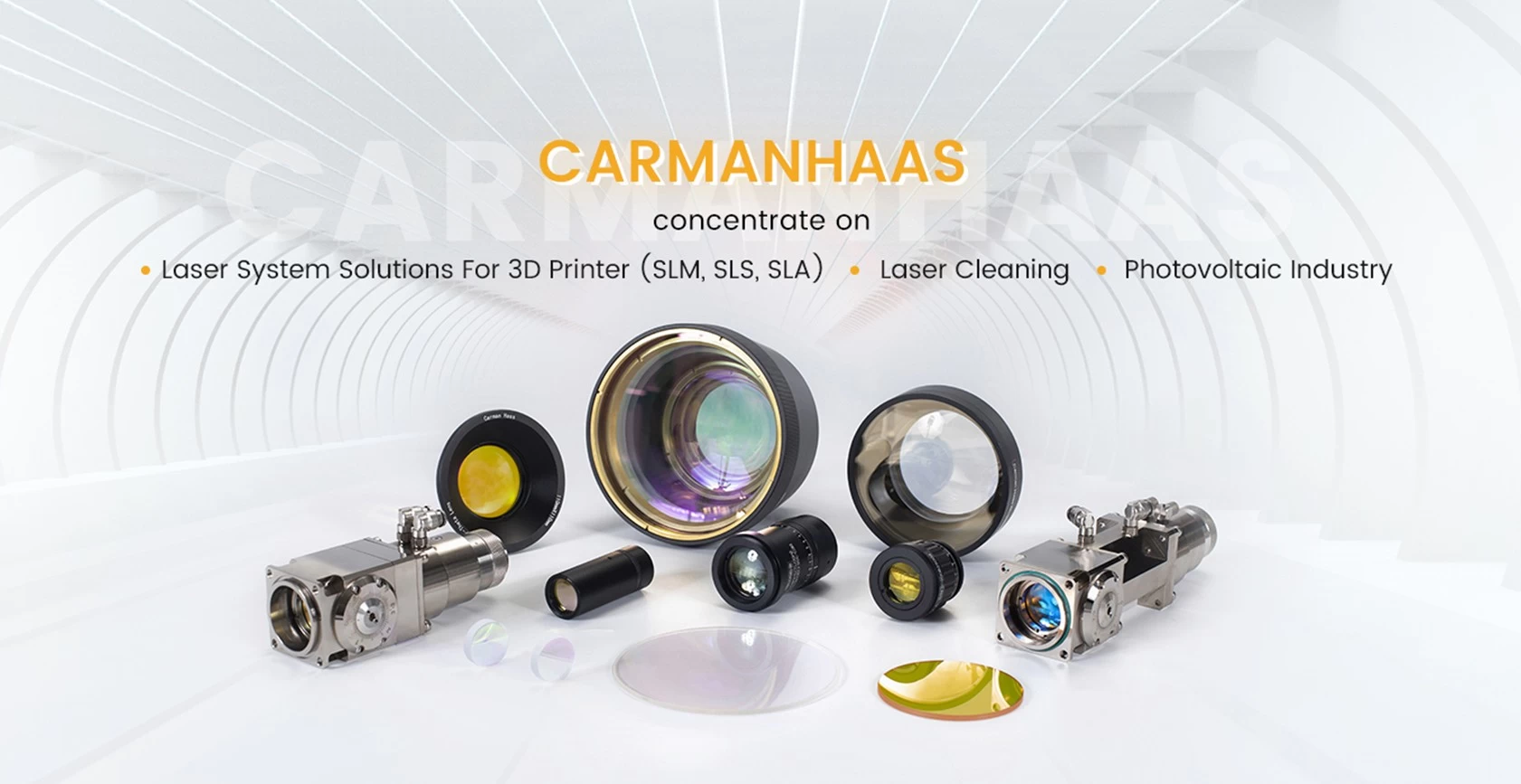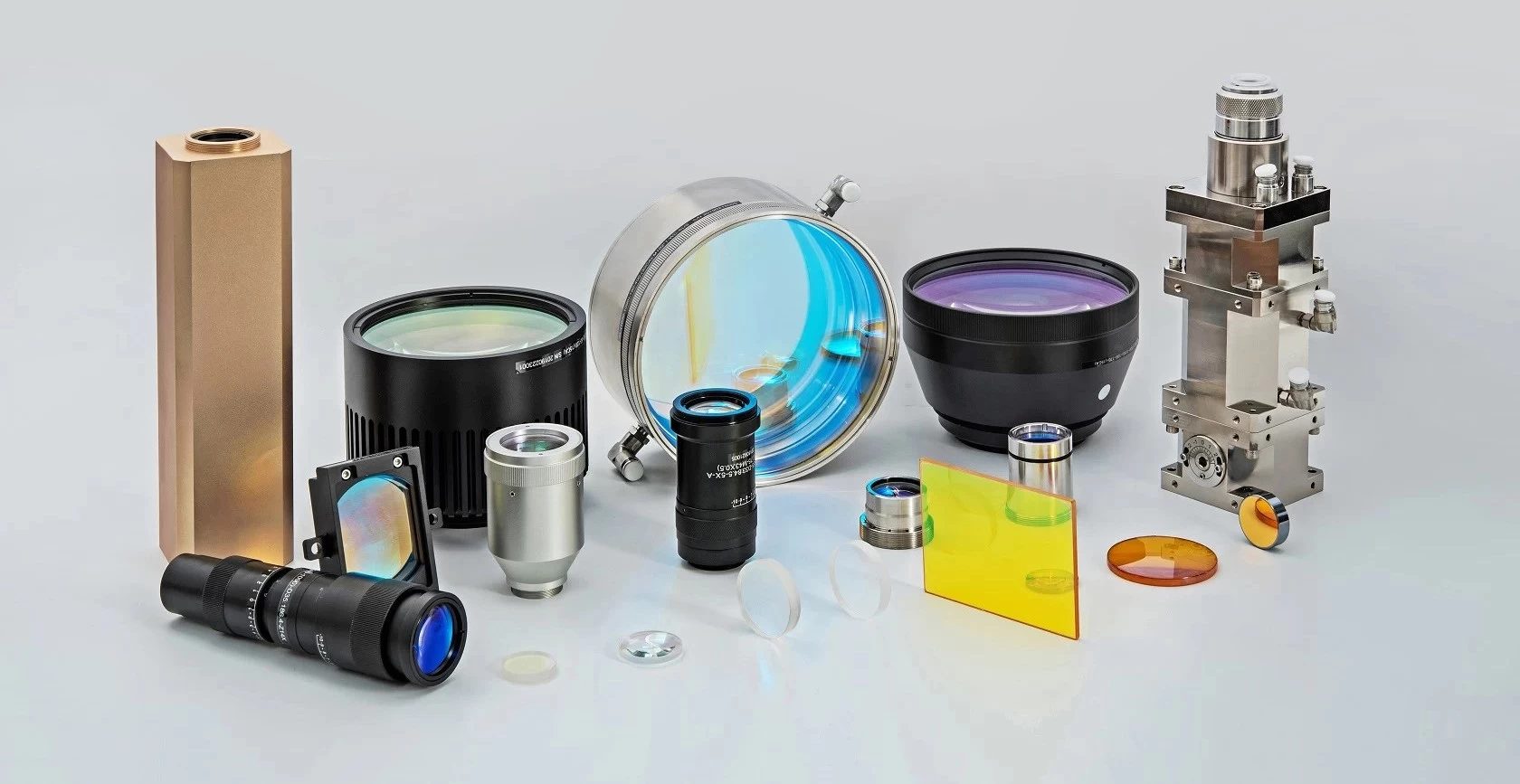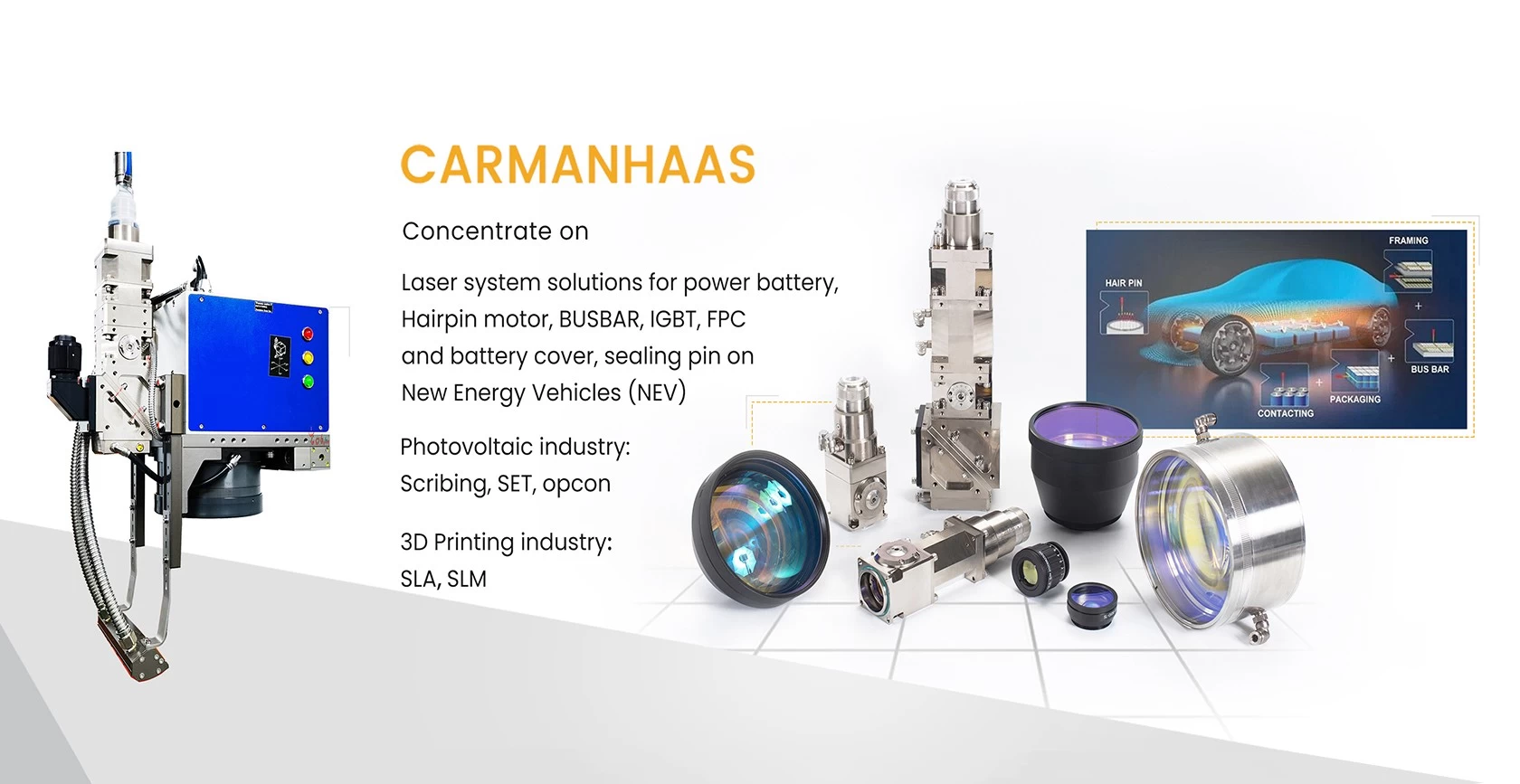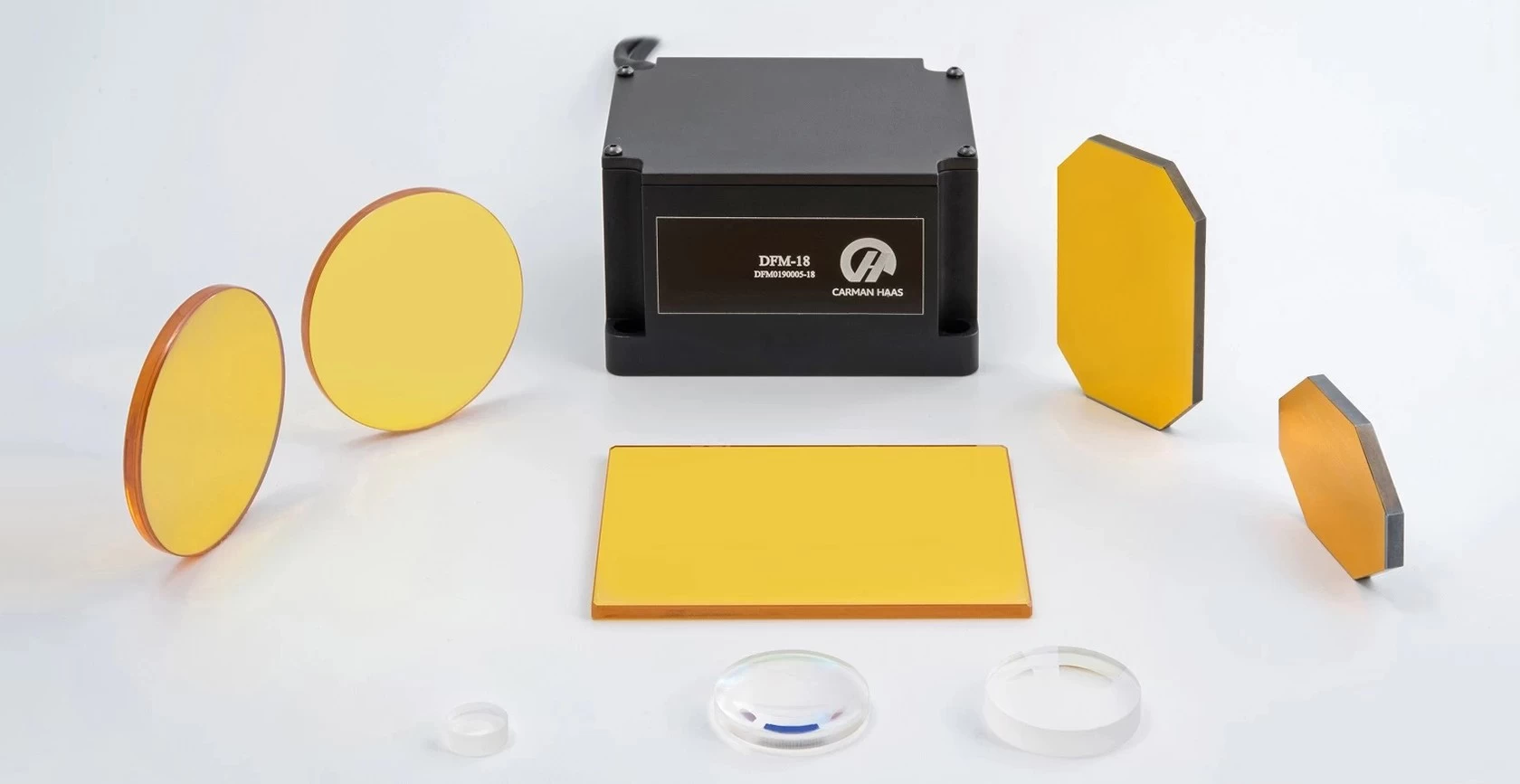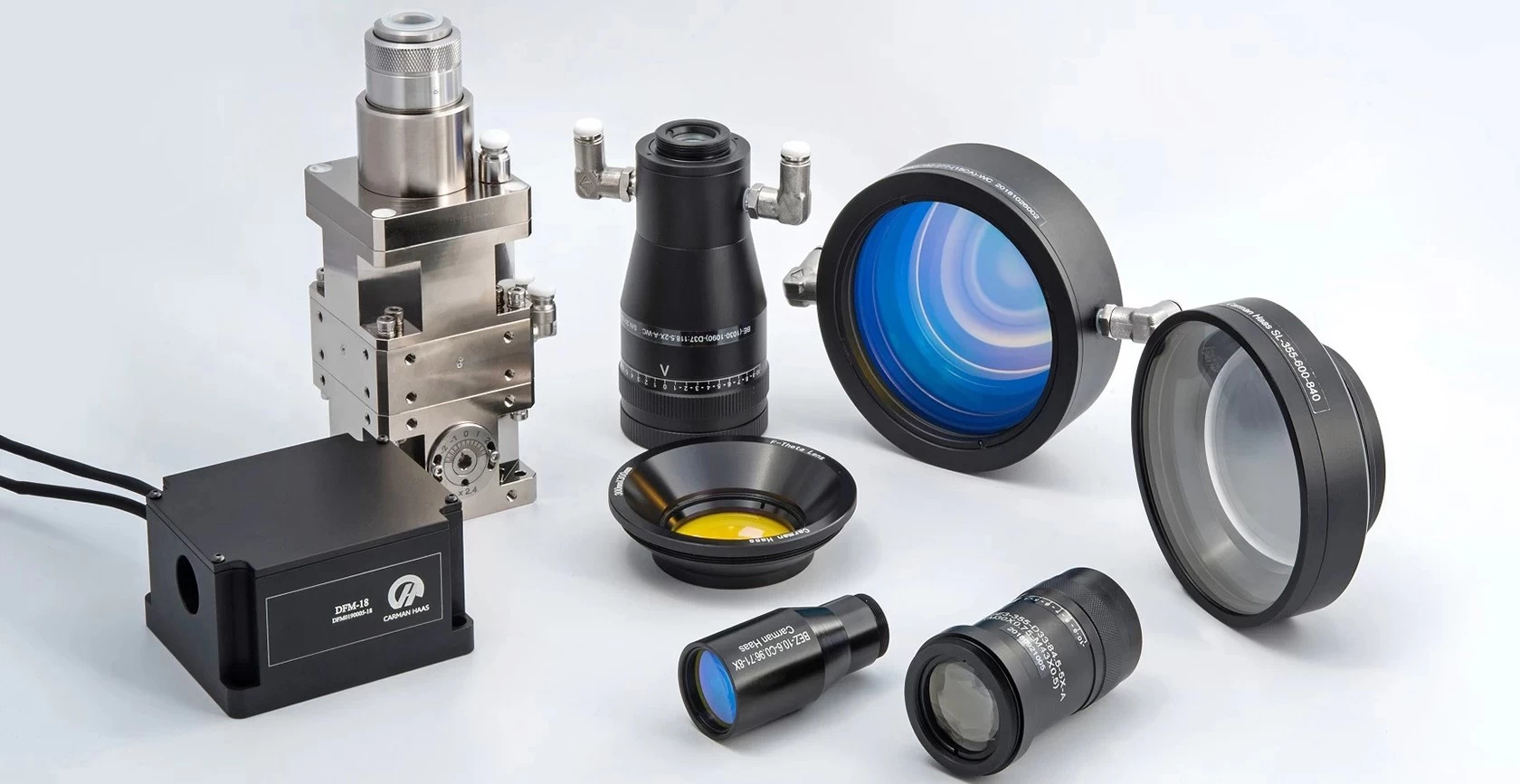Do you know about optical glass?
Optical glass refers to glass that can change the direction of light propagation and can change the relative spectral distribution of ultraviolet, visible or infrared light. Optical glass can be used to manufacture lenses, prisms, reflectors and windows in optical instruments. Components made of optical glass are key components in optical instruments. Amorphous (glassy) optical dielectric material that transmits light. Can be used to make various optical components such as prisms, lenses, filters, etc. After the light passes, it can change the direction of propagation, phase and intensity.
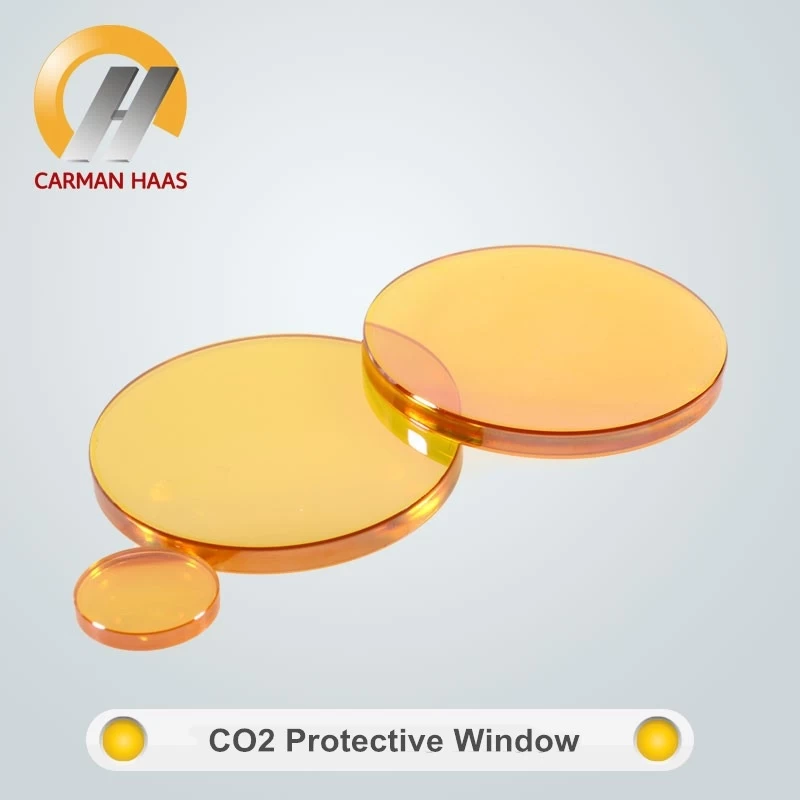
China Professional Znse Round Protection Window Manufacturer
According to different requirements, optical glass can be divided into three categories:
①Colorless optical glass-it is almost completely transparent in a relatively wide band of visible and near infrared, which is a large amount of optical glass. There are hundreds of brands according to the difference in refractive index and dispersion, which can be divided into two varieties, namely crown optical glass (represented by K) and flint optical glass (represented by F). The crown glass is borosilicate glass, which becomes flint glass after adding alumina. The main difference between the two is that the refractive index and dispersion of flint glass are relatively large, so the spectral element is mostly used to manufacture it.
②Radiation-resistant optical glass—has all the properties of colorless optical glass, and can basically not change its performance under radioactive irradiation. The types and grades of optical instruments used for gamma irradiation are the same as colorless optical glass. Its chemical composition is based on colorless optical glass, and a small amount of cerium oxide is added to eliminate the color center formed by high-energy radiation in the glass, so that the light absorption of this glass changes little after irradiation.
③Colored optical glass—has specific absorption or transmission properties for certain wavelengths of light. Also known as filter glass, there are more than 100 varieties. The color filter can selectively absorb certain colors. The neutral filter absorbs light of all wavelengths the same, but reduces the beam intensity without changing its color. Interference filters are based on the principle of light interference, reflecting unwanted colors instead of absorbing them.

china customized galvo laser head suppliers
The raw materials for producing optical glass are some oxides, hydroxides, carbonates, and phosphates or fluorides are introduced according to the requirements of the formula. In order to ensure the transparency of glass, the content of colored impurities must be strictly controlled, such as iron, chromium, copper, manganese, cobalt, nickel, etc. It requires accurate weighing and uniform mixing during batching. The main production processes are smelting, forming, annealing and inspection.
There are single crucible batch smelting method and pool kiln (see kiln) continuous smelting method. Single crucible melting method can be divided into clay crucible melting method and platinum crucible melting method. No matter what kind of smelting method is used, it needs to be stirred with a stirrer, and the temperature and stirring are strictly controlled to make the glass liquid highly uniform.
Forming methods for forming optical glass include classical crucible method, rolling method and pouring method, but currently leaking material is more and more widely used (single crucible or continuous melting out of the liquid), which can directly pull rod or drop Large-sized blanks are formed by molding or leaking, which improves the material drop utilization rate and yield rate.
Annealing In order to eliminate the internal stress of the glass to a greater extent and improve the optical uniformity, a strict annealing system must be formulated to carry out precision annealing.
The indexes determined by inspection are: optical constant, optical uniformity, stress birefringence, stripes, bubbles, etc.



